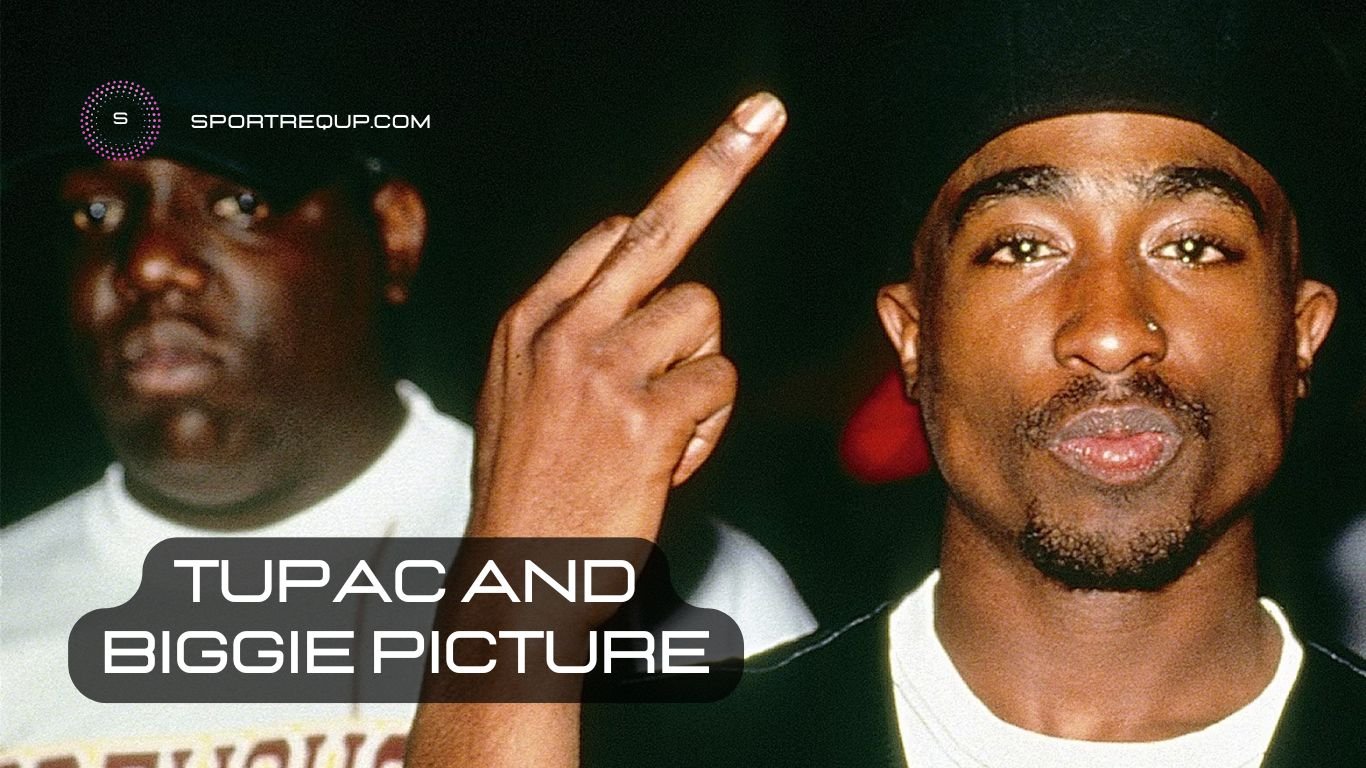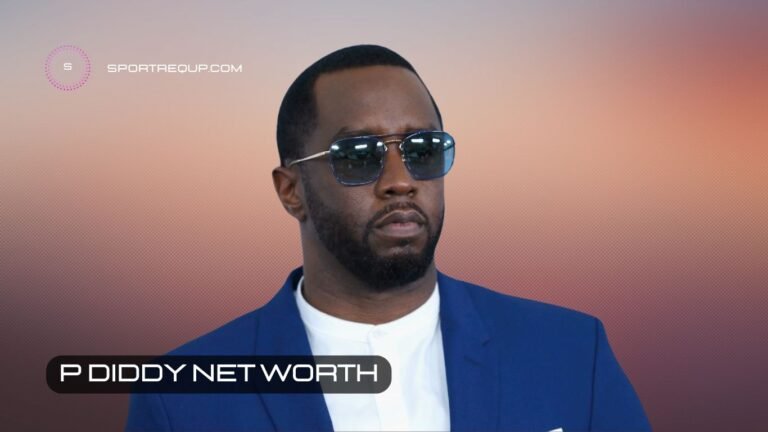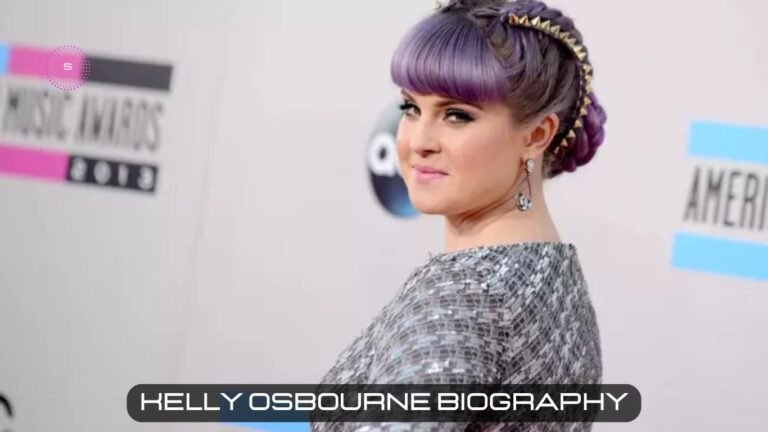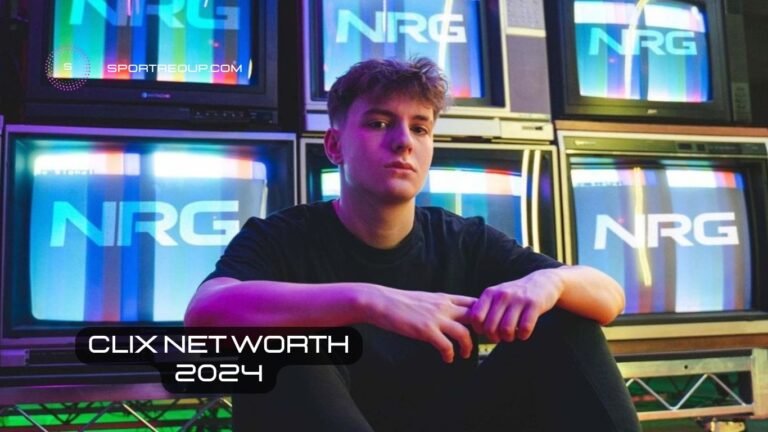Tupac and Biggie Picture: Hip-Hop Legend Tupac and Biggie’s Friendship that Began and Ended
The legendary friendship between Christopher Wallace (Notorious B.I.G.) and Tupac Shakur began in 1993, marking a brief but intense chapter in hip-hop history. At the time, Biggie was a rising star in the rap world, just 21 years old, while Tupac, at 22, was already an established artist in the industry. Both would leave behind iconic legacies, but their bond was tragically cut short by rivalry and violence. Biggie was married to singer Faith Evans and had two children, T’yanna and Christopher Wallace Jr., while Tupac, though romantically linked to various women, was not married and had no children. At the time of their deaths, Biggie’s net worth was estimated to be around $10 million, and Tupac’s hovered at approximately $200,000 due to legal fees and mismanagement, despite his success.
Meeting Moment
Their first meeting happened on the set of Poetic Justice in 1993, a film in which Tupac starred alongside Janet Jackson. During a break in filming, Tupac repeatedly played Biggie’s single “Party & Bullshit,” showcasing his admiration for the younger rapper. This moment was a huge deal for Biggie, who was still relatively new to the scene, as Tupac had already established a name for himself in both music and film.
From that moment, the two grew closer. They would spend time together, particularly in Los Angeles, often smoking and talking about life and their respective music careers. Their bond appeared effortless and genuine, driven by mutual respect. Biggie later told Vibe magazine, “I always thought it to be like a Gemini thing,” referencing how both artists were born under the Gemini zodiac sign and seemed to connect on a deeper level.
Teacher-Student Dynamic
Tupac, being more seasoned in the music business, often gave Biggie advice. Producer D-Dot would later recall their relationship as somewhat like that of a mentor and student, with Tupac guiding Biggie on the ins and outs of the industry. Biggie absorbed much of this advice, refining his lyrical approach and stage presence. Tupac, known for his charisma and boldness, seemed to genuinely care for Biggie’s success, acting as both a friend and a mentor.
However, this dynamic was destined to shift. As Biggie’s career began to soar with the success of Ready to Die, tensions would rise between the two, culminating in one of the most infamous rivalries in music history.
Loyalty Betrayed
For Tupac, loyalty was the most important value in his friendships. This became evident when things took a turn for the worse after the infamous Quad Studios shooting in 1994. On November 30, 1994, Tupac was ambushed in the lobby of the studio in New York City, shot multiple times, and robbed of his jewelry. He survived the shooting but emerged from the hospital angry, bitter, and suspicious of those around him, especially Biggie and his associate, Puff Daddy (Sean Combs).
In Tupac’s mind, Biggie and Puff knew more than they let on about the shooting. He felt betrayed by his friend, as Biggie was in the same building at the time of the attack but, according to Tupac, didn’t do anything to warn or help him. From that point on, Tupac believed that Biggie had sided with his enemies, an assumption that would spark one of hip-hop’s most infamous feuds.
War of Words
Tupac’s sense of betrayal erupted into a full-blown public rivalry, marked by hostile lyrics, interviews, and media attention. Tupac escalated the feud with his 1996 track “Hit ‘Em Up,” a venomous diss track aimed directly at Biggie, accusing him of everything from orchestrating the Quad shooting to having an affair with Tupac’s then-fiancée, Kidada Jones. Biggie, on the other hand, maintained his innocence and denied involvement in the shooting, but the damage was done. The once-tight bond between the two rappers had been irrevocably shattered.
Biggie’s response to Tupac’s accusations came more subtly, with tracks like “Who Shot Ya?”, which many believed was directed at Tupac, although Biggie denied this. Their war of words captured the attention of fans, media, and the wider hip-hop community, polarizing the East and West Coasts in a cultural battle that culminated in further violence.
Tragic End
Both rappers’ lives were tragically cut short in a series of events that many saw as a direct result of their escalating feud. Tupac was killed in a drive-by shooting in Las Vegas on September 13, 1996, at the age of 25. Six months later, on March 9, 1997, Biggie was also killed in a drive-by shooting in Los Angeles, just 24 years old at the time. Their murders remain unsolved, fueling endless speculation and conspiracy theories about who was responsible and why.
In the aftermath, both artists were immortalized as cultural icons, representing not only the golden era of hip-hop but also the devastating consequences of unresolved conflict and violence. Biggie left behind two children and his widow, Faith Evans, while Tupac’s legacy lived on through his posthumous albums, films, and writings.
Enduring Legacy
Despite the tragic end to their lives and friendship, Biggie and Tupac’s legacies continue to inspire generations of artists. They remain two of the most influential figures in music history, with their rivalry serving as a cautionary tale about the destructive power of ego and misunderstanding. Today, their music and messages are celebrated worldwide, and their impact on hip-hop is undeniable.
Their friendship, though brief, was one of the most significant in hip-hop history, representing the complexity of fame, loyalty, and the weight of expectations placed on young artists navigating a tumultuous industry.







